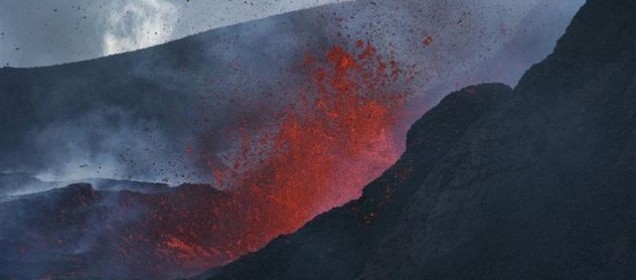How Supervolcanoes Erupt

|
Getting your Trinity Audio player ready...
|
Luckily for most of the U.S., the likelihood this eruption would happen is pretty low: about one in 100,000 any given year. If it did happen, it would be pretty devastating, though.
“Thinking about a Yellowstone super eruption is like imagining a large asteroid hitting the Earth,” says Jacob Lowenstern, a research geologist with the USGS and Scientist-in-Charge of the Yellowstone Volcano Observatory. “It could happen, but it’s not something you can plan for or worry about, because it’s such a low-probability event.”
In short, a Yellowstone super eruption would disrupt electronics and endanger human health in Montana, Idaho, Wyoming, and affect other parts of the country. Moreover, a month-long super eruption could affect the global climate for years, even decades.
In fact, Yellowstone hasn’t erupted at all for 70,000 years, and the probability of a super eruption in any given year is somewhere between one in 100,000 and one in a million, according to Lowenstern. “The most likely thing to happen when it does erupt is a moderate eruption with a minimal effect outside of Yellowstone.”
While there are gaps in our volcano monitoring program, we are better off focusing our efforts on those that we can predict and prepare for smaller eruptions.
“If you have a regular eruption that puts sulfur into the atmosphere, it can affect the earth’s climate,” he adds. “That’s the kind of eruption that we should be thinking about.”

 Print
Print